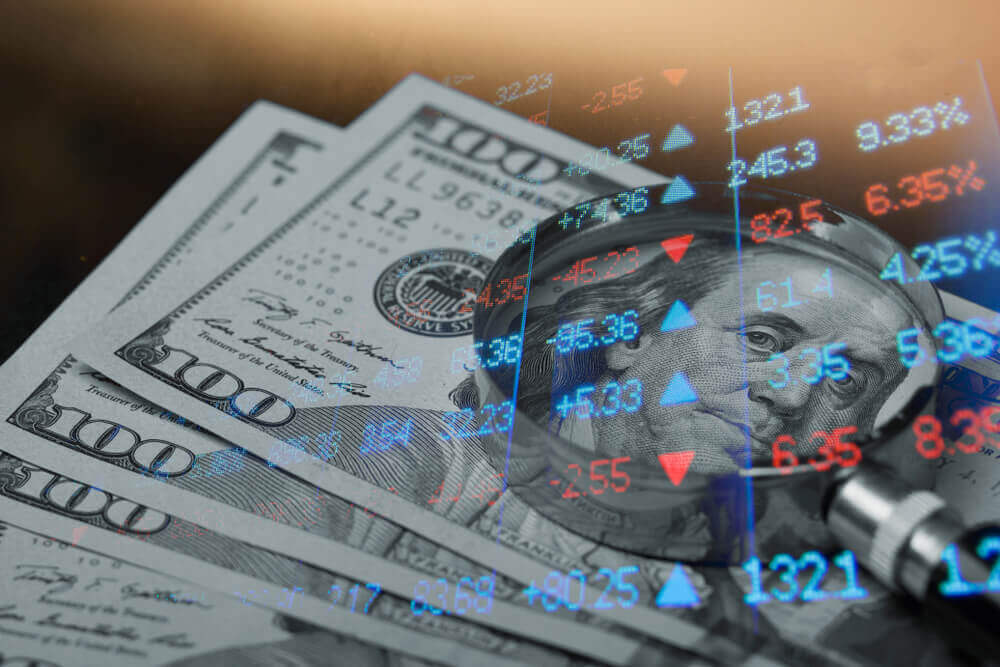The dollar rose on Monday. Traders turned their attention to the upcoming U.S. inflation figures as the discussion about the timing of the Federal Reserve’s tapering continues.
The Dollar Index compares the value of the U.S. dollar to a basket of six other currencies. It rose 0.2 percent to 92.778.
The USD/JPY increased 0.2 percent to 110.16. The EUR/USD declined 0.3 percent to 1.1782. The GBP/USD dipped 0.2 percent to 1.3819. Moreover, the risk-sensitive AUD/USD fell 0.1 percent to 0.7347. On Friday, the dollar posted its first winning week in three. This upbeat mood has lasted into the new week. Despite rising COVID-19 cases and the recent poor nonfarm payrolls report, numerous Federal Reserve officials have continued to hint at a relatively quick reduction of the Fed’s bond-buying program.
I prefer to start the tapering process as soon as possible to have enough time to boost the policy rate if necessary. And let us purchase that option for ourselves, “Harker informed the Nikkei. It brings the Fed’s meeting later in September into sharp focus. In the run-up to the Fed meeting, Tuesday’s consumer pricing data in the United States, as well as retail sales and production figures later in the week, will be closely scrutinized.
Production
A significant set of economic data, including retail sales and industrial production, will be released on Wednesday. These figures may add to fears about the world’s second-largest economy.
In a Nikkei interview on Monday, Philadelphia Fed President Patrick Harker reiterated his desire to reduce asset purchases.
The Bank of Russia raised its key interest rate by 25 basis points to 6.75 percent on Friday. Hence, USD/RUB fell 0.1 percent to 73.139. At the same time, it was keeping the door open to additional tightening after inflation touched a five-year high last month.
China’s Yuan Off 1-Week High
China’s yuan slipped off one-week highs versus the dollar. This happened as increased fears over US-China ties and reservations about the Chinese currency’s recent surge pushed some investors to buy dollars.
The People’s Bank of China (PBOC) fixed the midpoint at 6.4497 per dollar before the market start. It was 69 pips higher than the previous fix of 6.4566, the most since June 18. Over the last three months, the yuan has mainly traded between 6.45 and 6.5 per dollar. Still, traders claimed a break of the psychologically important 6.45 midpoint, and market-rate triggered dollar purchases from corporate clients and banks’ private accounts.
The yuan rose last week, bolstered by signals of desire to re-establish US-China relations after Presidents Joe Biden and Xi Jinping emphasized the need to manage rivalry and avoid conflict between their countries.
However, some traders believe it is too early to tell whether the yuan’s advances will sustain.
Senior Chinese and U.S. officials continued communications this year. However, we have yet to see evidence of significant alleviation, such as tariff reductions, said Li Liuyang, chief currency strategist at China Merchants Bank.
According to a trader at a foreign bank, there is still much uncertainty surrounding geopolitical concerns and the health of the world’s second-largest economy.











